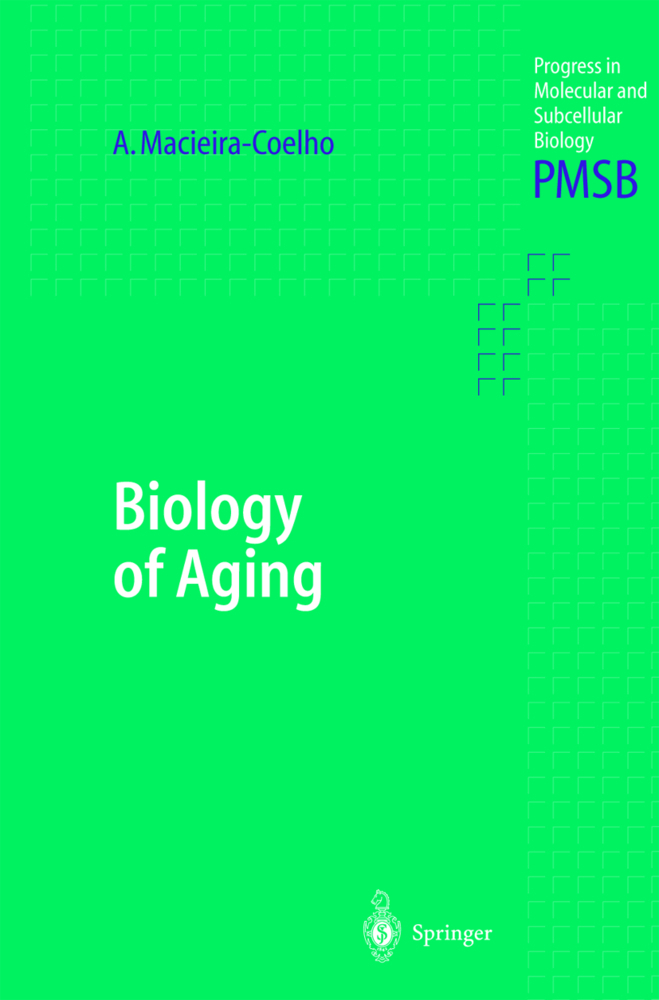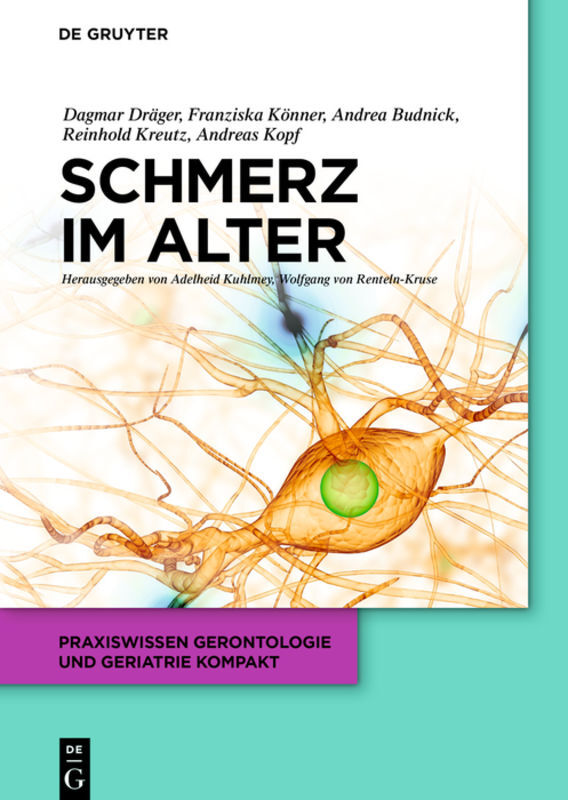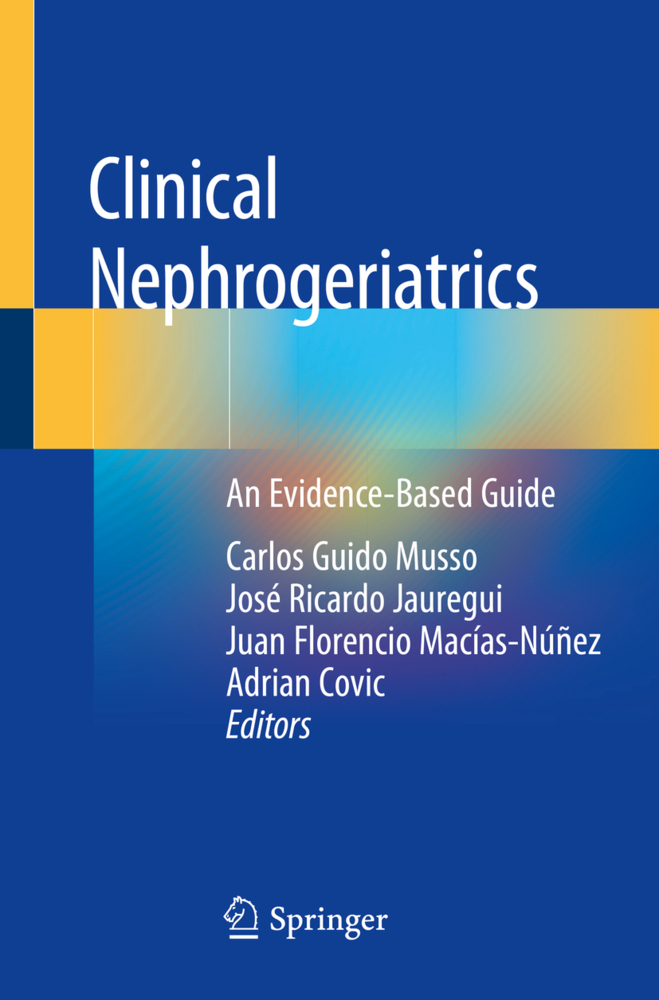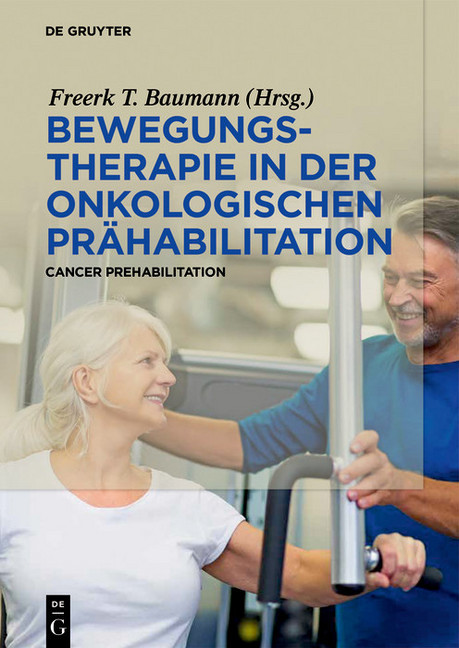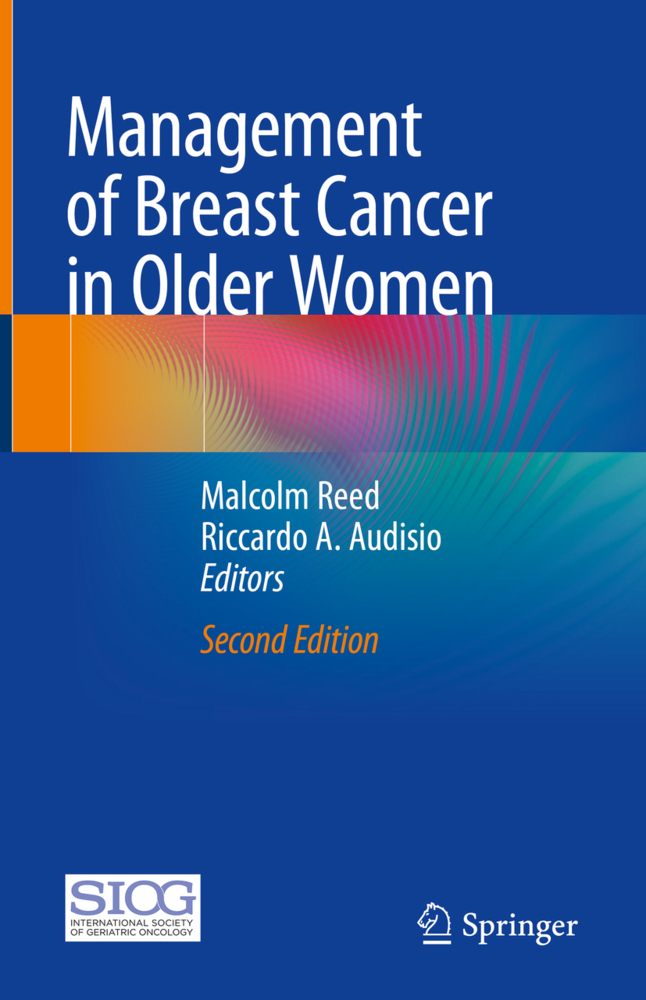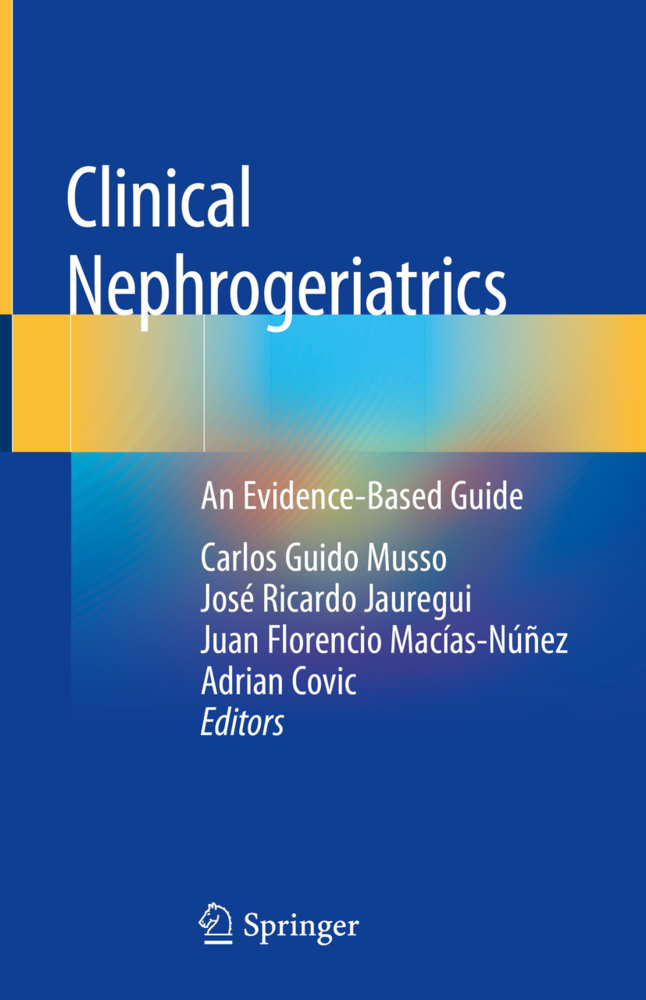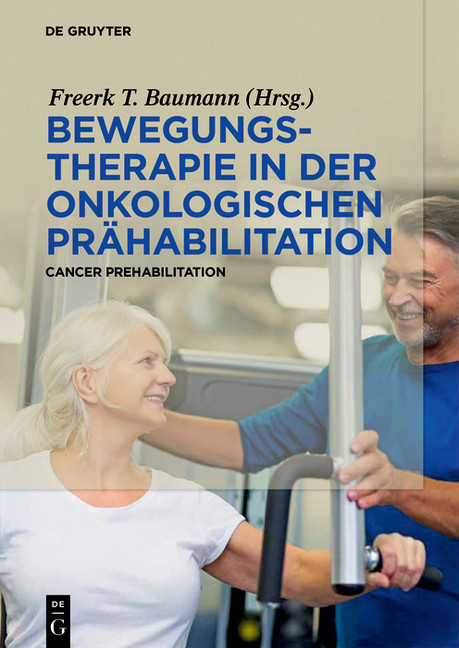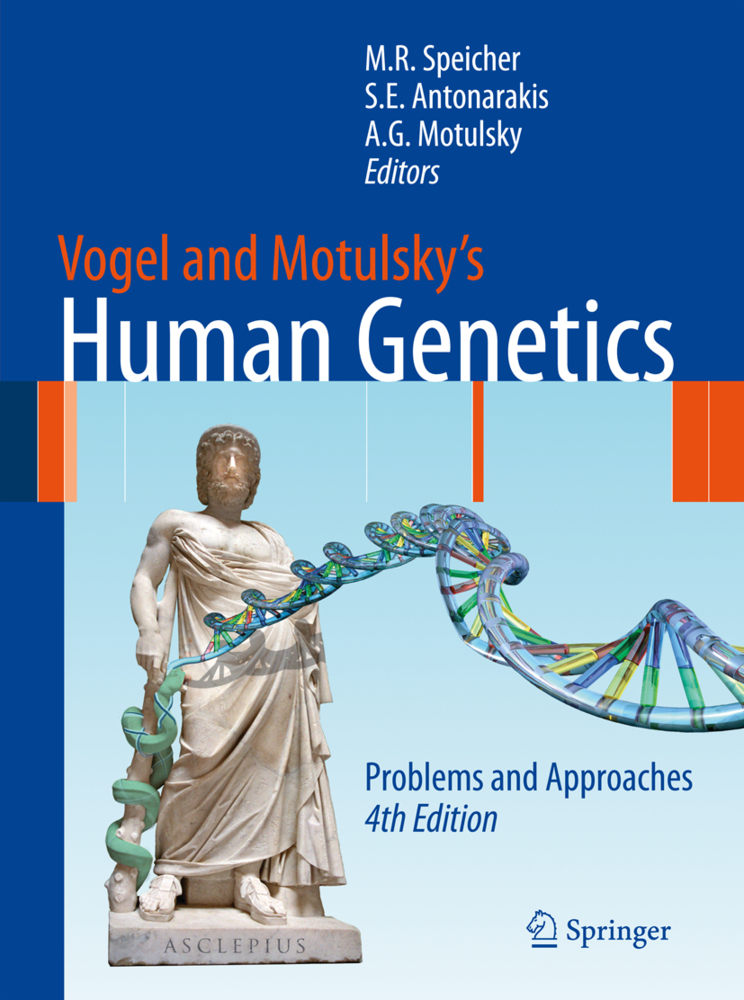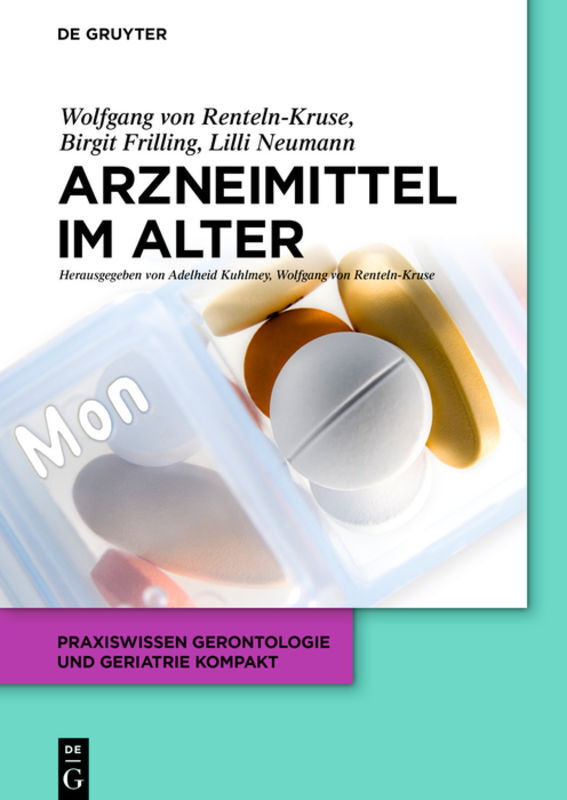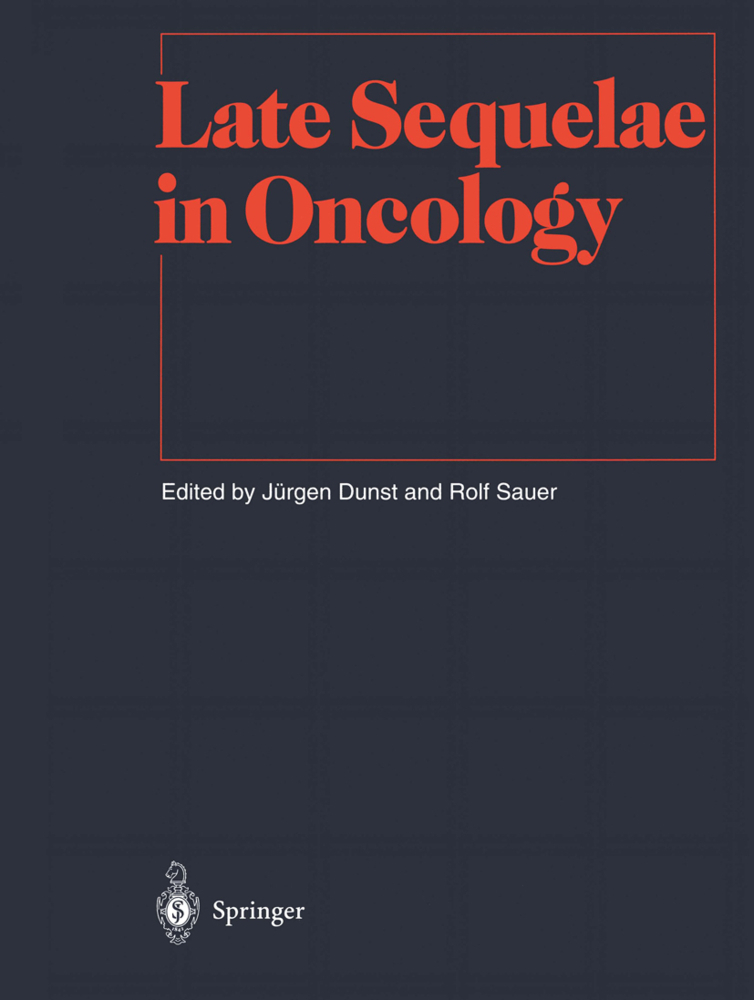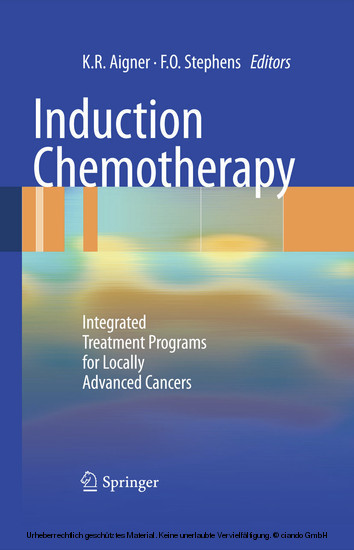Biology of Aging
Biology of Aging
The survival of the human species has improved significantly in modern times. During the last century, the mean survival of human populations in developed countries has increased more than during the preceding 5000 years. This improvement in survival was accompanied by an increase in the number of active years. In other words, the increase in mean life span was accompanied by an increase in health span. This is now accentuated by progress in medicine reducing the impact of physiologic events such as menopause and of patho logical processes such as atherosclerosis. Up to now,research on aging, whether theoretical or experimental, has not contributed to improvement in human survival. Actually, there is a striking contrast between these significant modifications in survival and the present knowledge of the mechanisms of human aging. Revealed by this state of affairs are the profound disagreements between gerontologists in regard to the way oflooking at the aging process. The definition of aging itself is difficult to begin with because of the variability of how it occurs in different organisms.
1.2 Endocrine Theory
1.3 Weismann's Theory
1.4 The Immune Theory
1.5 Cross-Linking
1.6 Free Radicals
1.7 Aging and Evolution
Basic Determinants of Longevity
2.1 Energy Intake and Expenditure
2.2 The Storage and Flow of Information
2.3 Redundancy
2.4 Genetics of Aging
Aging of the Mammalian Organism
3.1 Cellular Aging
3.2 Connective Tissue
3.3 The Structural Reorganization of the Mammalian Organism
Neoplastic Growth Through the Human Life Span
4.1 The Clinical Age - Incidence of Neoplastic Disease
4.2 The Heterogeneity of Neoplastic Growth
4.3 Initiation of Neoplastic Growth at the Cellular Level
4.4 Progression of Neoplastic Disease
4.5 Age-Dependent Sensitivity to Carcinogens
4.6 Deviations from Normal Development and Neoplastic Growth
The Centenarians
References.
Historical and Current Concepts of the Mechanisms of Aging
1.1 Rate of Living1.2 Endocrine Theory
1.3 Weismann's Theory
1.4 The Immune Theory
1.5 Cross-Linking
1.6 Free Radicals
1.7 Aging and Evolution
Basic Determinants of Longevity
2.1 Energy Intake and Expenditure
2.2 The Storage and Flow of Information
2.3 Redundancy
2.4 Genetics of Aging
Aging of the Mammalian Organism
3.1 Cellular Aging
3.2 Connective Tissue
3.3 The Structural Reorganization of the Mammalian Organism
Neoplastic Growth Through the Human Life Span
4.1 The Clinical Age - Incidence of Neoplastic Disease
4.2 The Heterogeneity of Neoplastic Growth
4.3 Initiation of Neoplastic Growth at the Cellular Level
4.4 Progression of Neoplastic Disease
4.5 Age-Dependent Sensitivity to Carcinogens
4.6 Deviations from Normal Development and Neoplastic Growth
The Centenarians
References.
Macieira-Coelho, Alvaro
| ISBN | 978-3-540-43827-4 |
|---|---|
| Artikelnummer | 9783540438274 |
| Medientyp | Buch |
| Copyrightjahr | 2003 |
| Verlag | Springer, Berlin |
| Umfang | VIII, 192 Seiten |
| Abbildungen | VIII, 192 p. |
| Sprache | Englisch |

